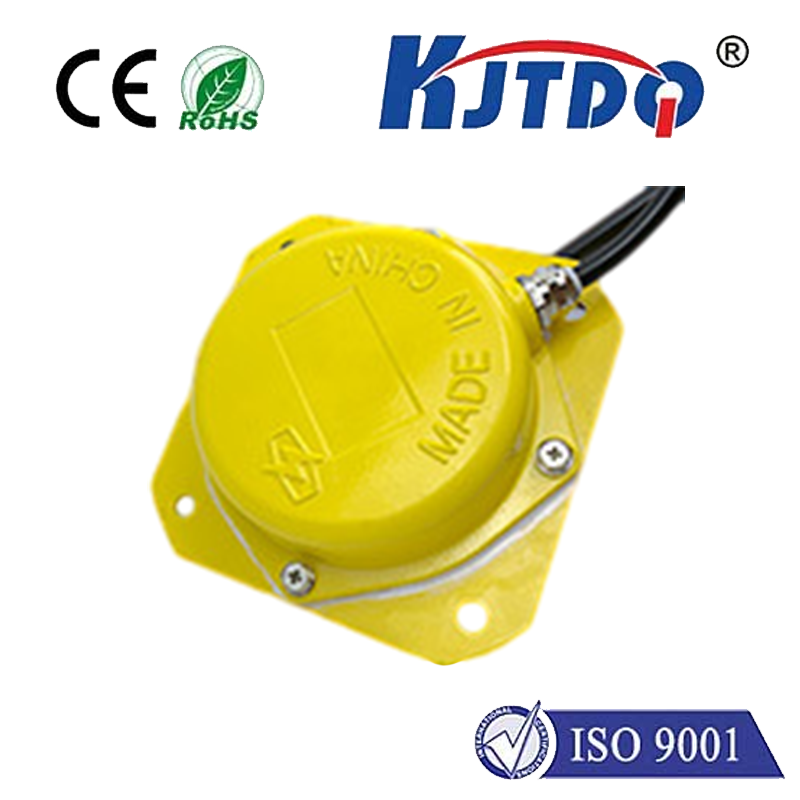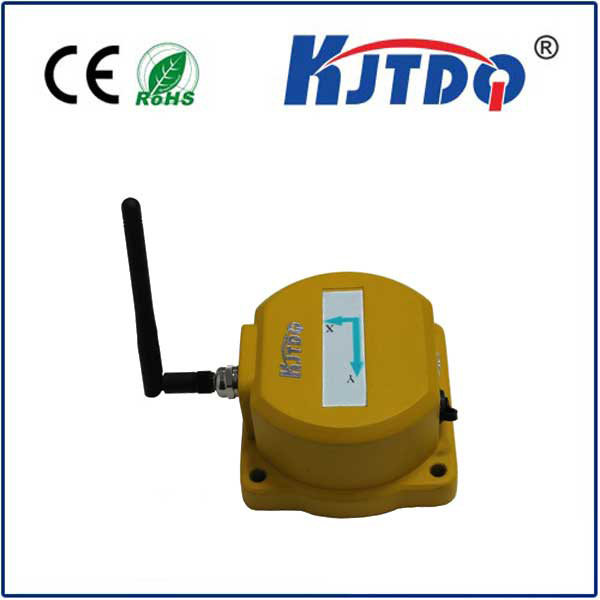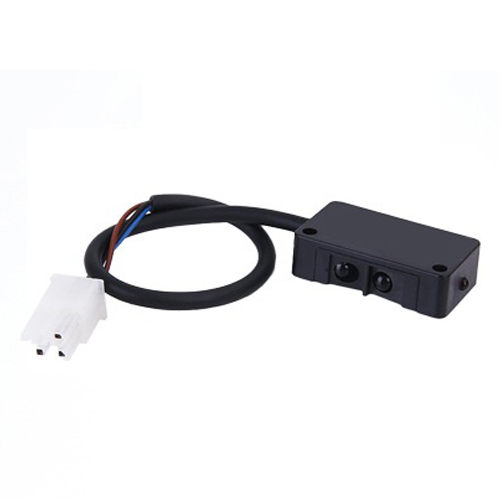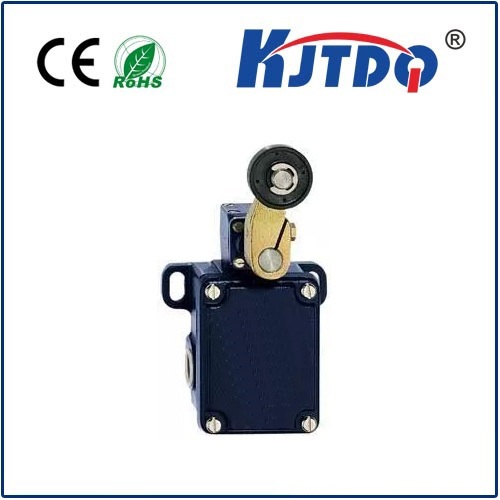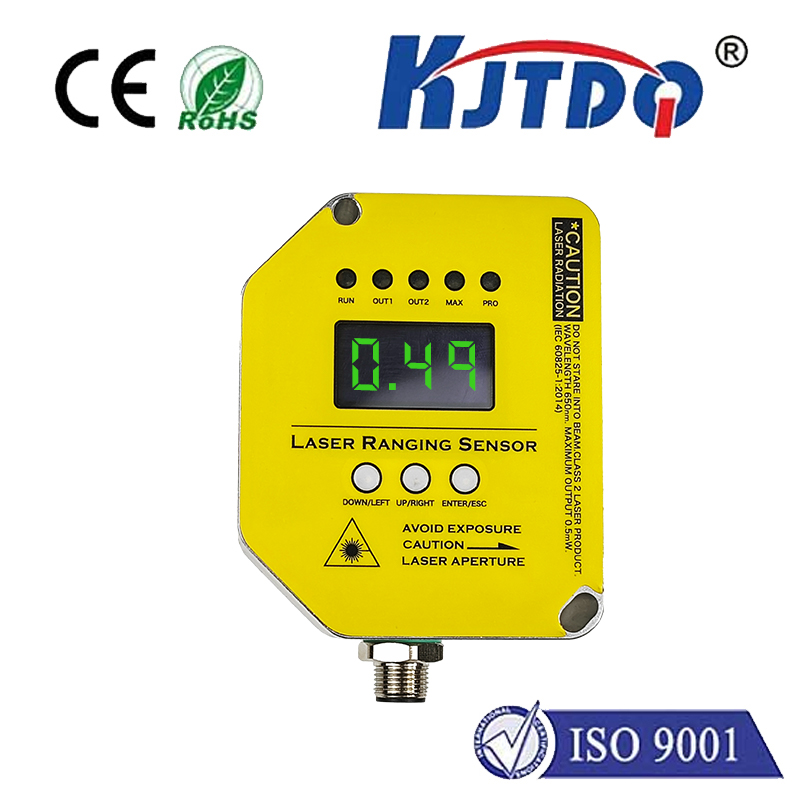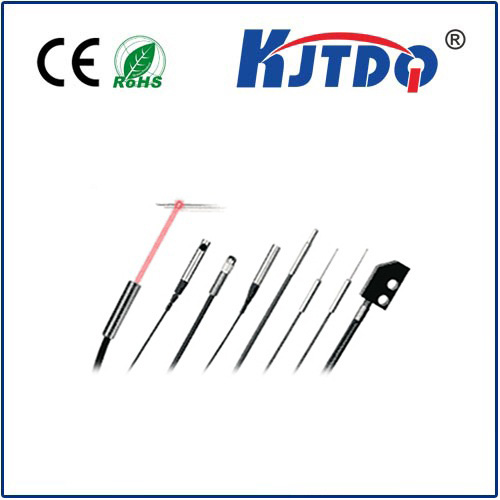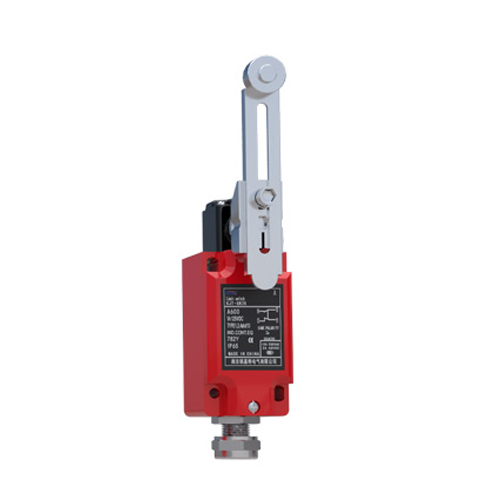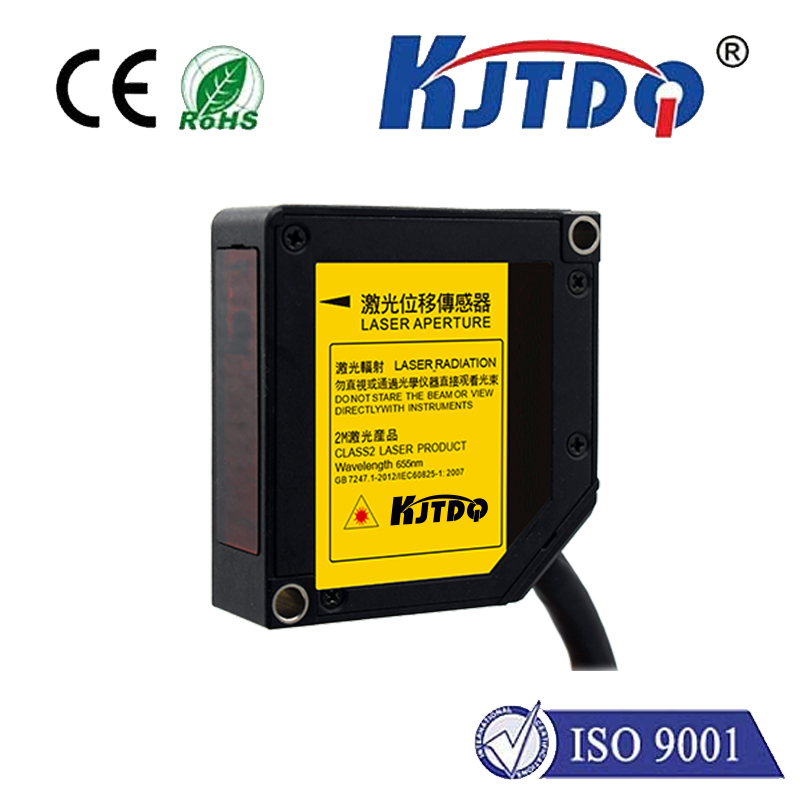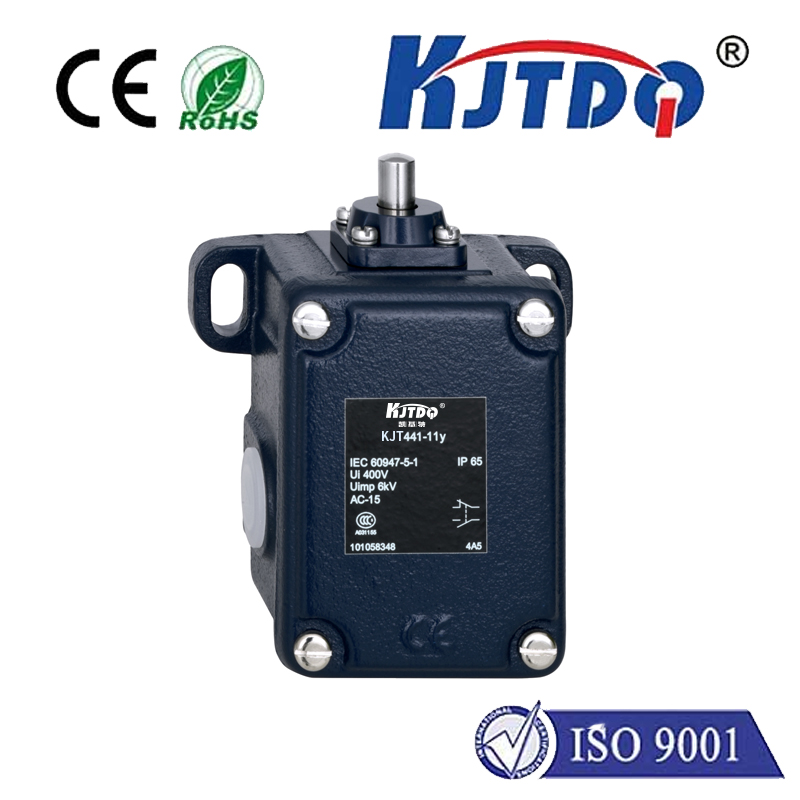

check

check

check

check

check

check

check

check

check

check
How do machines perceive the slightest lean, the most minute angle shift, crucial for stability in a world demanding perfection? While our inner ears provide biological inclination sensing, sophisticated technology requires something far more precise and robust. Enter the realm of optical tilt sensors – silent observers harnessing the fundamental properties of light to deliver unparalleled accuracy in measuring tilt and inclination.
At their core, optical tilt sensors are devices engineered to detect angular orientation relative to the Earth’s gravity vector. Unlike mechanical pendulums or potentiometer-based designs prone to wear and friction, these sensors leverage the interaction between a light source, optical components, and a photodetector to measure tilt with exceptional reliability and longevity. This non-contact principle is fundamental to their appeal.
The fundamental principle revolves around differential light detection. Imagine a small cavity within the sensor housing. An internal light source, typically a Light Emitting Diode (LED), projects a beam. Crucially, the light interacts with either a small, free-moving pendulum mass or a precisely shaped optical element (like a lens or prism) suspended within the cavity. As the sensor tilts, gravity causes this pendulum or optical element to shift minutely relative to its housing. This shift alters the path and, consequently, the distribution of the light beam falling onto a specialized photodetector array – often a dual-axis CMOS (Complementary Metal-Oxide-Semiconductor) or CCD (Charge-Coupled Device) sensor.

Here’s where the magic happens: The photodetector array doesn’t just see light or dark; it measures the intensity of light falling on different segments of its surface. When the sensor is perfectly level (0° tilt), the light pattern is symmetrical across the detector quadrants. However, any tilt causes the pendulum or optical element to deflect, casting the light beam asymmetrically. This asymmetry results in differential signals between the detector segments. Sophisticated onboard electronics meticulously process these differential signals, calculating the precise angle of tilt along one or two axes (single-axis or dual-axis sensors).
The advantages of this optical approach are significant and drive their adoption across numerous demanding fields:
These compelling characteristics propel optical tilt sensors into a vast array of critical applications:
While highly capable, optical tilt sensors are not without considerations. Initial costs can be higher than simpler electrolytic sensors, though this is often offset by longevity and performance. Protecting the optical path from severe contamination is crucial. Additionally, while tolerant of vibration, extremely high-frequency vibration beyond their specified range can impact performance. Choosing the optimal optical tilt sensor requires balancing resolution, range, frequency response, environmental sealing (IP rating), output interface (analog voltage, digital SPI/I2C), and cost against the specific application requirements.
In conclusion, optical tilt sensors represent a pinnacle of precision in angle measurement. By harnessing the predictable nature of light and gravity, they deliver unmatched accuracy, stability, and reliability where minute angles matter. From safeguarding colossal structures to guiding cutting-edge robotics and ensuring the fidelity of scientific instruments, optical inclination sensor technology is an indispensable tool, quietly ensuring alignment and stability in an increasingly tilted world. Their role in enabling safety, efficiency, and precision across diverse industries continues to expand.
